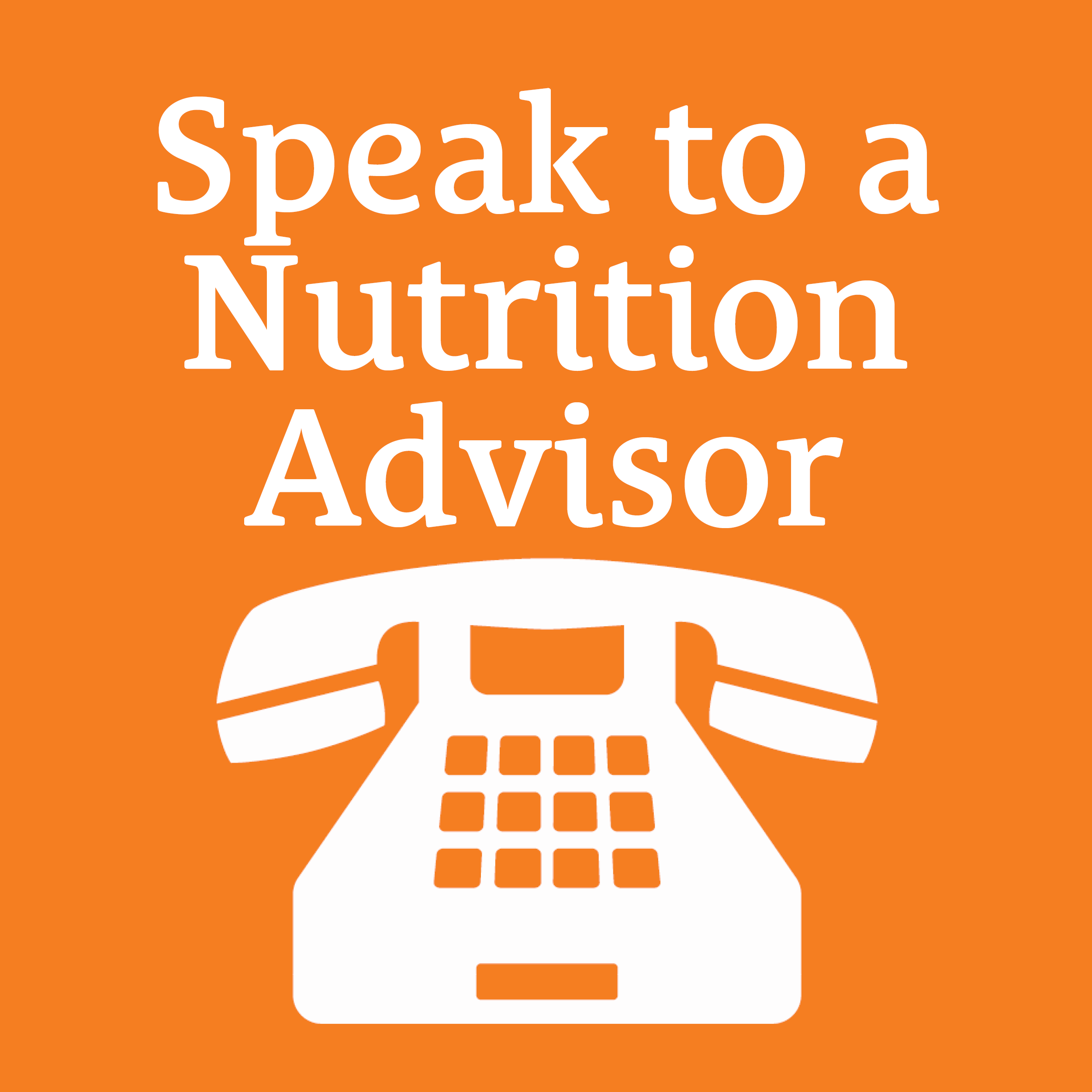Equine Gastric Ulcer Syndrome (EGUS)
The horse’s stomach can be broadly divided into two regions; the squamous or ‘non-glandular’ region where food enters the stomach and the lower, glandular region where acid is produced. The term Equine Gastric Ulcer Syndrome (EGUS) includes non-glandular ulcers (which are the most common form of ulcers) and glandular ulcers.
What causes gastric ulcers?
Non-glandular ulcers are likely to be caused by the prolonged exposure of the stomach lining to acid.
- Reduced forage intakes – although saliva provides a natural buffer to stomach acid, horses, unlike people, only produce saliva when they chew which means stabling for long periods without forage limits the horse’s opportunity to neutralise acid.
- Fermentation of starch by bacteria in the stomach results in the production of volatile fatty acids which in conjunction with a low pH (acidic environment), increases the risk of ulcers forming.
- Exercise increases abdominal pressure and as a result, acid ‘splashes’ on to the lining of the non-glandular region. Exercise is also thought to increase acid secretion.
The lower region of the stomach is made up of a glandular mucosa which secretes a thick mucus and bicarbonate layer which helps to protect it from acid. Glandular ulcers are thought to be the result of a breakdown in the mucosal defence system and may be less responsive to medical treatment and nutritional management.
Which horses and ponies are at risk?
Gastric ulcers are thought to affect approximately 90% of racehorses, 60% of competition horses and up to 50% of leisure horses. Risk factors include:
- High starch, low forage diets
- Intensive exercise
- Stress including weaning
- Prolonged stabling and travelling
- Use of non-steroidal anti-inflammatory drugs (NSAID’s) such as ‘bute’
Foals have a developing stomach lining which is thinner than adult horses increasing their risk of ulceration. The amount of gastric acid secreted in a foal’s stomach often increases at a time when they are not eating enough forage to buffer it which can also leave them more prone to ulceration.
What are the signs?
Clinical signs may be vague and easily missed but include:
- Irritability – this may just be when grooming, girthing-up or changing rugs
- Loss of appetite
- Poor body condition
- Poor coat
- Tucked up appearance
- Teeth grinding
- Crib-biting
- Colic
- Chronic diarrhoea
- Pot-bellied appearance
- Poor performance
If you suspect your horse may have gastric ulcers it’s important to get a confirmed diagnosis from your vet, as medication to inhibit acid production and allow lesions time to heal may be needed. It’s also important to establish the location of the ulcers as glandular ulcers may be less responsive to medication and changes in diet.
Dietary management of non-glandular ulcers
Although diet is just one risk factor, appropriate nutritional management helps to reduce the risk and severity of gastric ulcers. It’s also a risk factor that you can influence. While glandular ulcers may be less responsive to changes in diet, the same nutritional management is generally recommended for glandular and non-glandular ulcers.
- Base as much of the diet on forage as possible. Balancers are the ideal solution for those able to maintain weight on forage alone. Balancers provide a concentrated source of vitamins, minerals and quality protein but due to the low feeding rate, add minimal calories, starch and sugar to the diet.
- If additional energy (calories) is needed, choose fibre-based feeds containing low/ restricted levels of starch and sugar.
- Choose feeds high in oil as opposed to cereal starch for poor doers. Oil is approximately 2.5 times higher in energy compared to cereals but starch (and sugar) free.
- Aim to feed less than 1g of non-structural carbohydrate (NSC: starch + water soluble carbohydrate) per kilogram bodyweight per meal and ideally less than 2g NSC per kilogram bodyweight per day. For a 500kg horse this equates to less than 500g of NSC per meal and ideally less than 1kg of NSC per day.
- Feed small meals – no more than 2kg (dry weight) in total for horses, less for ponies.
- Add short chopped fibre, ideally containing alfalfa, to every meal. The high protein and calcium content in alfalfa is thought to help buffer stomach acid.
- Feed short chopped fibre or provide access to forage before exercise to reduce gastric splashing.
- Provide access to water at all times.
- Avoid using concentrated electrolyte pastes. In one study, multiple hypertonic electrolyte pastes were seen to significantly increase the number and severity of gastric ulcers.
Did you know?
Research published by SPILLERS, in collaboration with colleagues in Spain and Denmark, was the first to prove* that changes in diet can help to reduce the recurrence of non-glandular gastric ulcers following veterinary treatment.
In this study, horses were paired according to the severity of their gastric ulcers, the type and intensity of their work and their management (including forage intake). One horse from each pair continued with their normal diet whilst the other had their ‘bucket feed’ replaced with a 50:50 ration of SPILLERS Ulca Fibre and SPILLERS HDF Power Cubes. All horses with grade 3 and grade 4 ulcers were treated with the recommended course of omeprazole. Whilst the majority of horses improved as a result of veterinary treatment regardless of their diet, over-all only horses that had their feed changed remained improved six weeks after the treatment had stopped. On the flip side, gastric ulcers scores in the ‘no diet change’ group were overall no better than the pre-treatment scores by the end of the study.
*Luthersson N, Bolger C, Fores P , Barfoot C, Nelson S, Parkin TDH & Harris P(2019) Effect of changing diet on gastric ulceration in exercising horses and ponies following cessation of omeprazole treatment JEVS 83 article 102742
Forage Tips
- Ideally provide as much forage as your horse/ pony will eat while being mindful of excess waste. Saliva provides a natural buffer to stomach acid but unlike people, horses only produce saliva when they chew.
- Avoid prolonged periods without forage. In one study, periods of more than 6 hours without forage significantly increased the risk of non-glandular ulcers (although the risk may be higher during the day).
- Provide forage while travelling.
- Provide as much turnout possible. The incidence of gastric ulcers seems lower in horses at pasture.
Tips for managing forage intake for good doers
- Where possible consider ways of reducing the calorie density of your forage e.g., by feeding soaked hay or replacing part of the forage ration with straw, rather than restricting the amount fed.
- Feed at least 1.5% of current bodyweight (dry matter) as forage per day. For a 500kg horse without grazing, this is equivalent to approximately 9kg of hay (11kg if you intend to soak it before feeding) or 11-12kg of haylage on an ‘as fed’ basis (the amount you weigh out).
- If you don’t know how much your horse weighs or they have access to grazing, counting droppings may be a more practical way of monitoring forage intake. Initially we recommend aiming to reduce the number of droppings by a third if trying to encourage weight loss but never by more than half.
- Soaking hay helps to reduce the sugar content and of course, less sugar means fewer calories! Due to the loss of nutrients (and therefore dry matter) into the water, each haynet will contain less ‘hay’ and more water post soaking. If soaking your hay for one hour or more, increase the amount of hay you soak by approximately 20% to compensate - this will help you to ensure you don’t restrict forage intake too severely.
- Consider replacing up to 30-50% of your horse’s forage ration (dry matter) with straw. All straw should be of good hygienic quality and introduced gradually.
- Divide restricted rations of hay/ haylage into as many smaller servings as possible to help avoid long periods without forage.
- Try dividing hay/ haylage between multiple, double netted, small-holed haylage nets to help extend eating time. In one study, feeding hay in a single, small holed haylage net increased eating time by only 5 minutes per kilo – this would equate to just 30 minutes per night if feeding 6kg hay. However, another study found that feeding 6kg of hay in 3, double-layered, small holed haylage nets could extend eating time by 2 hours per night vs feeding the same amount of hay in a single net.



